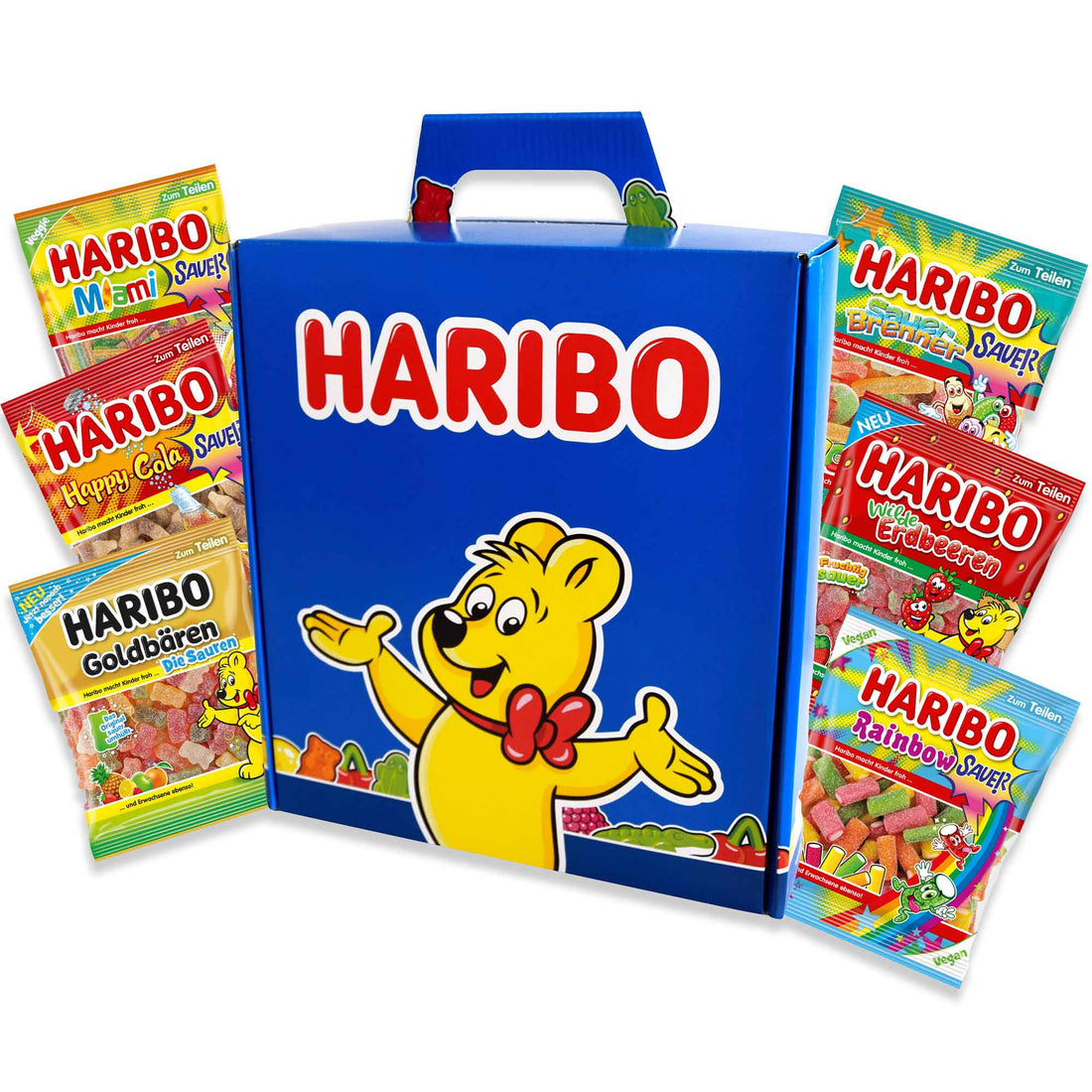
How Haribo’s ERP Meltdown Disrupted the Sweet Supply Chain
Introduction: When Gummy Bears Disappeared
In 2018, candy lovers across Europe noticed a peculiar shortage, Haribo’s iconic Goldbears had vanished from store shelves. There was no ingredient shortage, factory strike, or transportation crisis. The root cause?
A failed SAP ERP rollout.
What was intended to streamline Haribo’s operations instead crippled inventory management, disrupted distribution, and triggered widespread supply chain failures. For Haribo, the ERP project became a high-profile reminder that technology alone doesn’t guarantee transformation.
What Went Wrong with Haribo’s ERP Implementation?
Haribo set out to modernize its logistics, inventory, and financial processes with an enterprise-wide SAP ERP deployment. The goal: consolidate operations, eliminate inefficiencies, and future-proof the business.
Instead, the ERP system created breakdowns in warehouse management and order fulfillment almost immediately after go-live.
“ERP success depends not just on software quality but on the people, processes, and planning that surround it.”
Key Factors Behind Haribo’s ERP Breakdown
1. Inadequate Change Management
Employees were insufficiently trained and unprepared for the transition. With minimal support, teams couldn’t use the new system effectively, leading to errors in day-to-day operations.
2. Poor Data Migration
Critical product, supplier, and inventory data was either incomplete or incorrectly migrated, resulting in disrupting stock tracking, fulfillment logic, and replenishment flows.
3. Lack of Operational Testing
Haribo reportedly failed to simulate its full-scale operations under the new ERP system prior to go-live. When real-world pressure hit, the system buckled.
4. Misalignment with Business Processes
SAP’s out-of-the-box configuration did not align well with Haribo’s logistics model. Without sufficient tailoring or flexibility, the system struggled to adapt to Haribo’s warehouse and fulfillment requirements.
The Aftermath: A Supply Chain in Disarray
- Retailers couldn’t restock shelves in time
- Distribution centers became overwhelmed with backlog
- Inventory visibility was compromised
- Customers turned away from empty aisles
- Haribo faced public scrutiny across media outlets
What began as a back-end issue quickly evolved into a front-line brand and customer experience crisis.
Lessons for Every ERP Leader
✅ Simulate Real-World Scenarios
Full-scale testing under peak conditions is essential. Small-scale pilots or theoretical test cases won’t reveal operational bottlenecks.
✅ Train Your People Thoroughly
ERP success hinges on user adoption. Equip teams with hands-on training, change champions, and continuous support before the go-live date.
✅ Adapt ERP to Fit Operations
Don't force your workflows into generic software models. Either tailor the system or realign processes early in the project.
✅ Take the Time to Do It Right
ERP implementations are business transformations, not just IT upgrades. Rushing increases the risk of failure at scale.
Why This Story Still Matters
ERP rollouts don’t just affect systems they impact product availability, customer trust, and revenue flow.
Haribo’s story is a cautionary tale of what happens when planning gaps, weak governance, and insufficient testing combine. For any business handling physical inventory or retail operations, this case is a vivid reminder: if your ERP fails, your entire supply chain can collapse.
Worried about supply chain readiness during ERP rollout?
→ Join The Community
Final Thought
The next time you pick up a bag of gummy bears, remember that behind every sweet product is a supply chain and behind that, a system.
Haribo’s ERP failure shows that even beloved brands are vulnerable when transformation lacks execution discipline.
Success in ERP is not just about going live. It’s about going live with confidence, control, and alignment across your entire operation.
